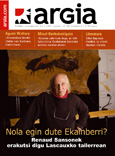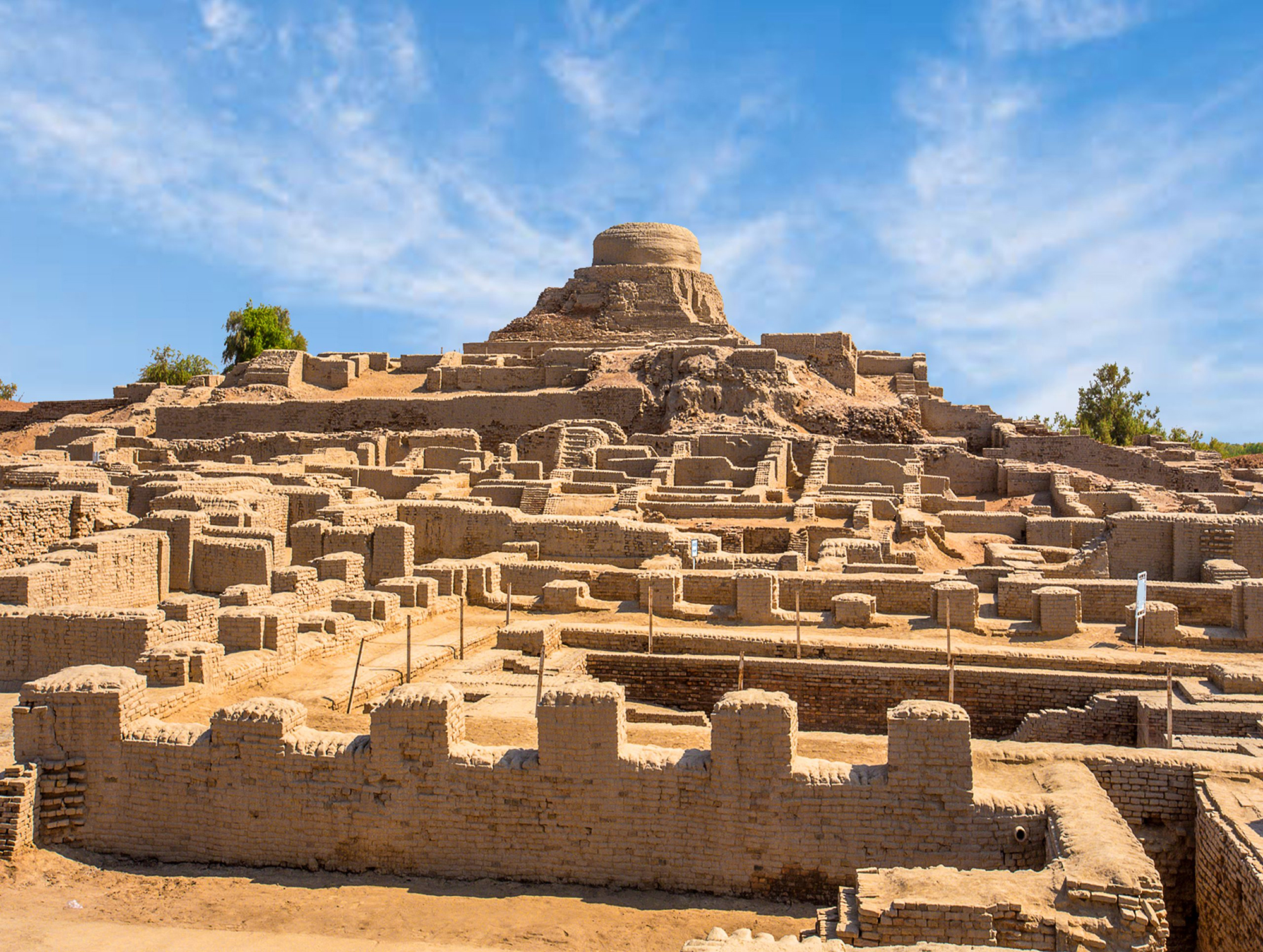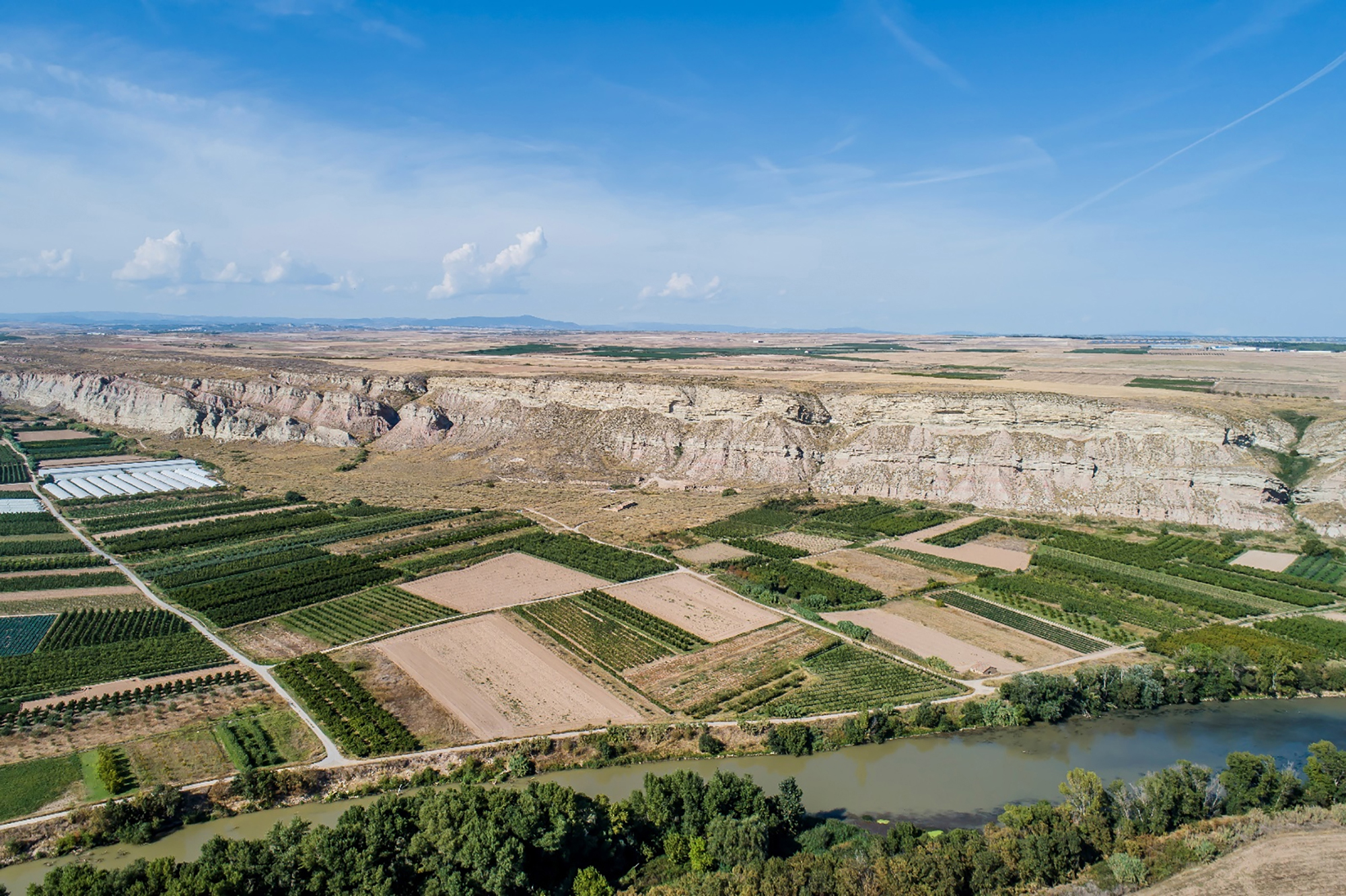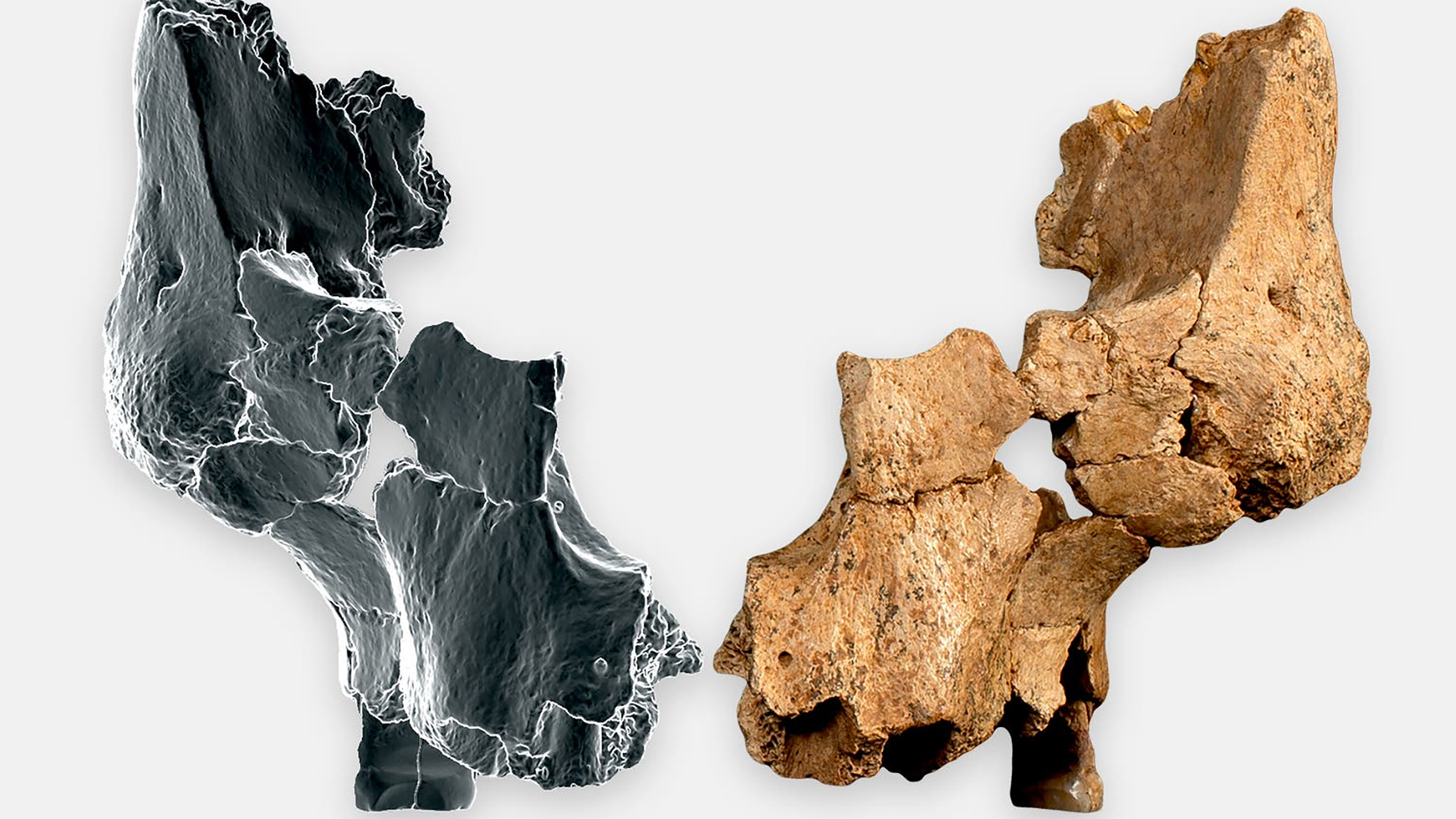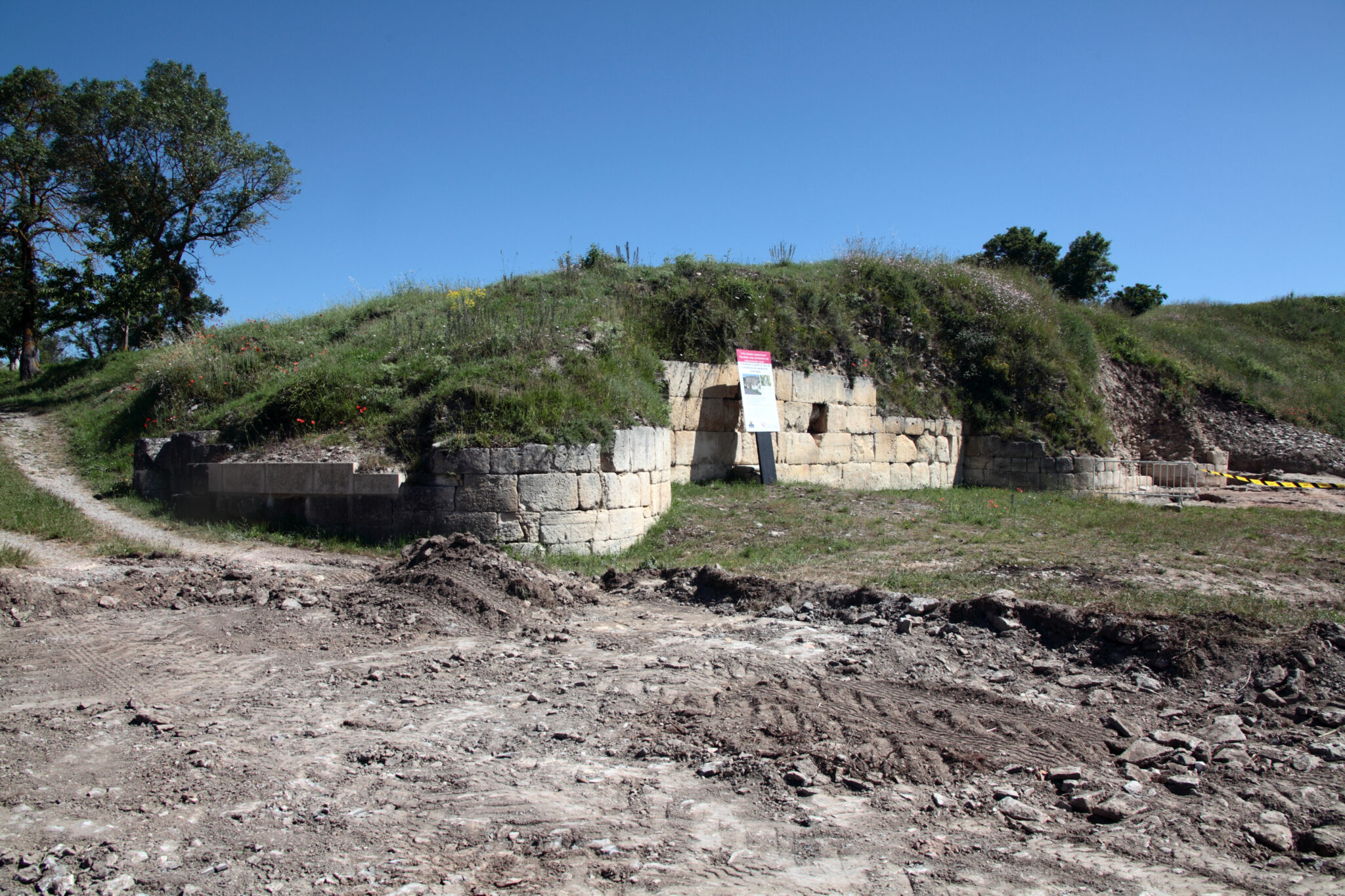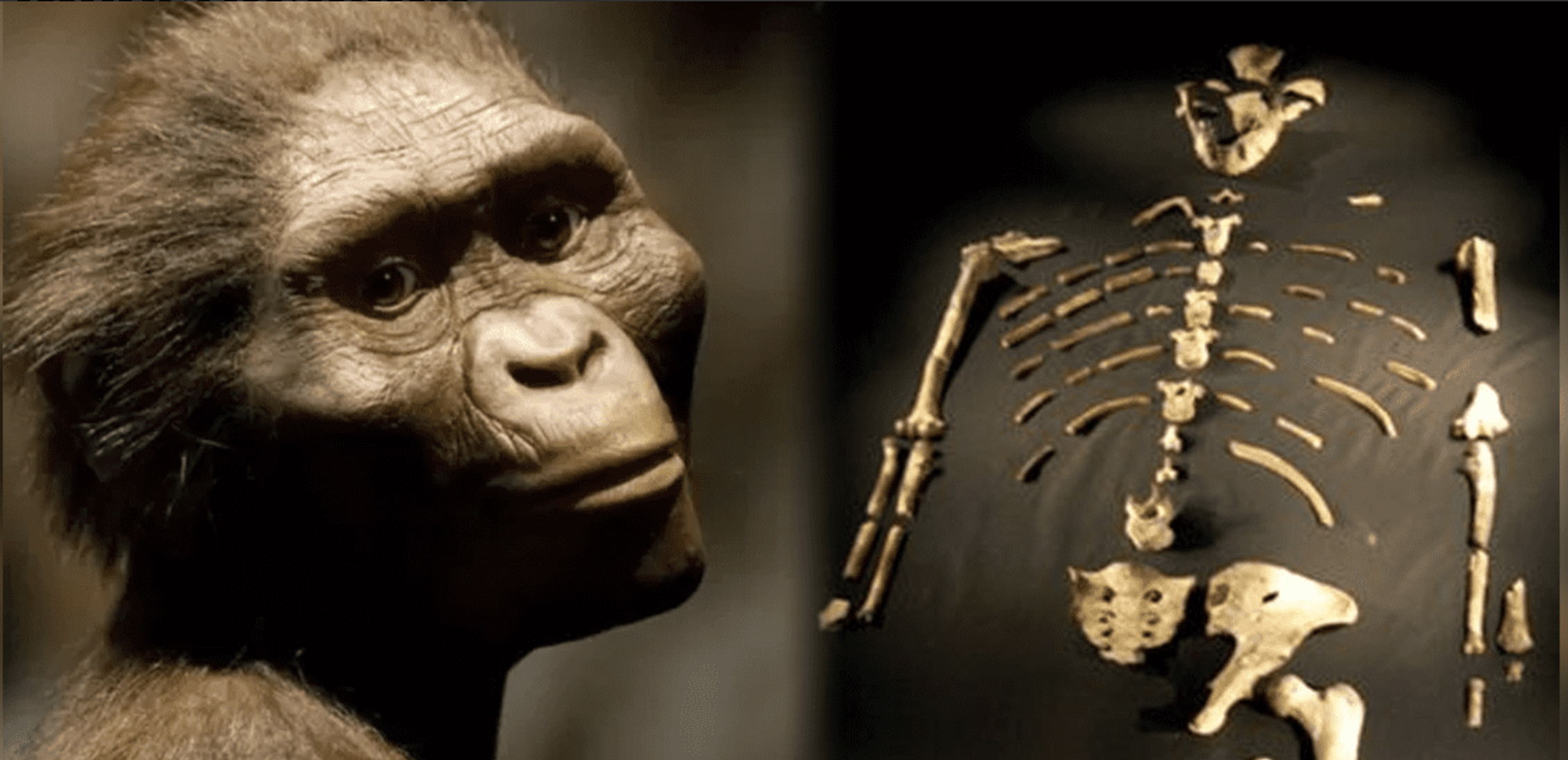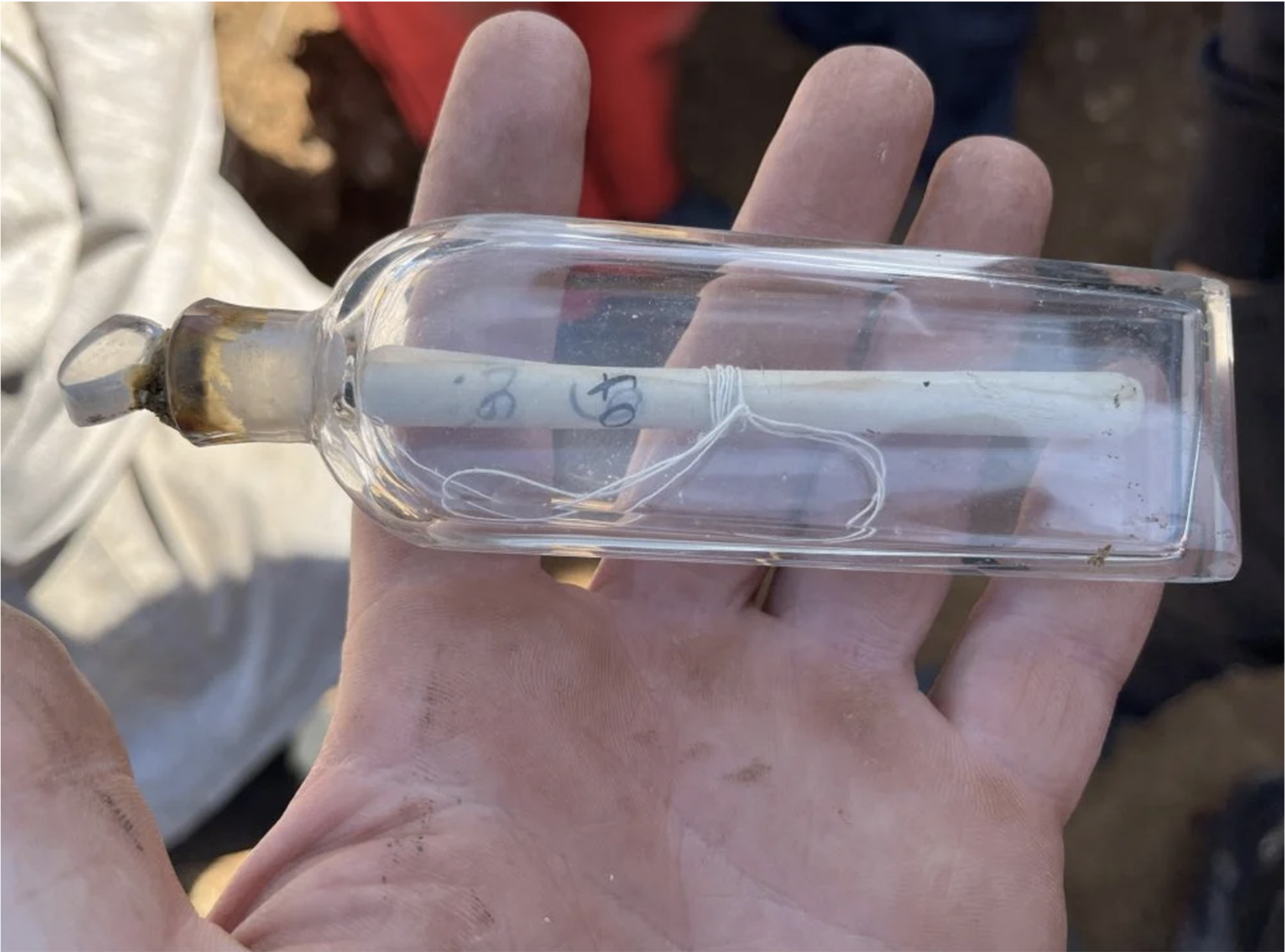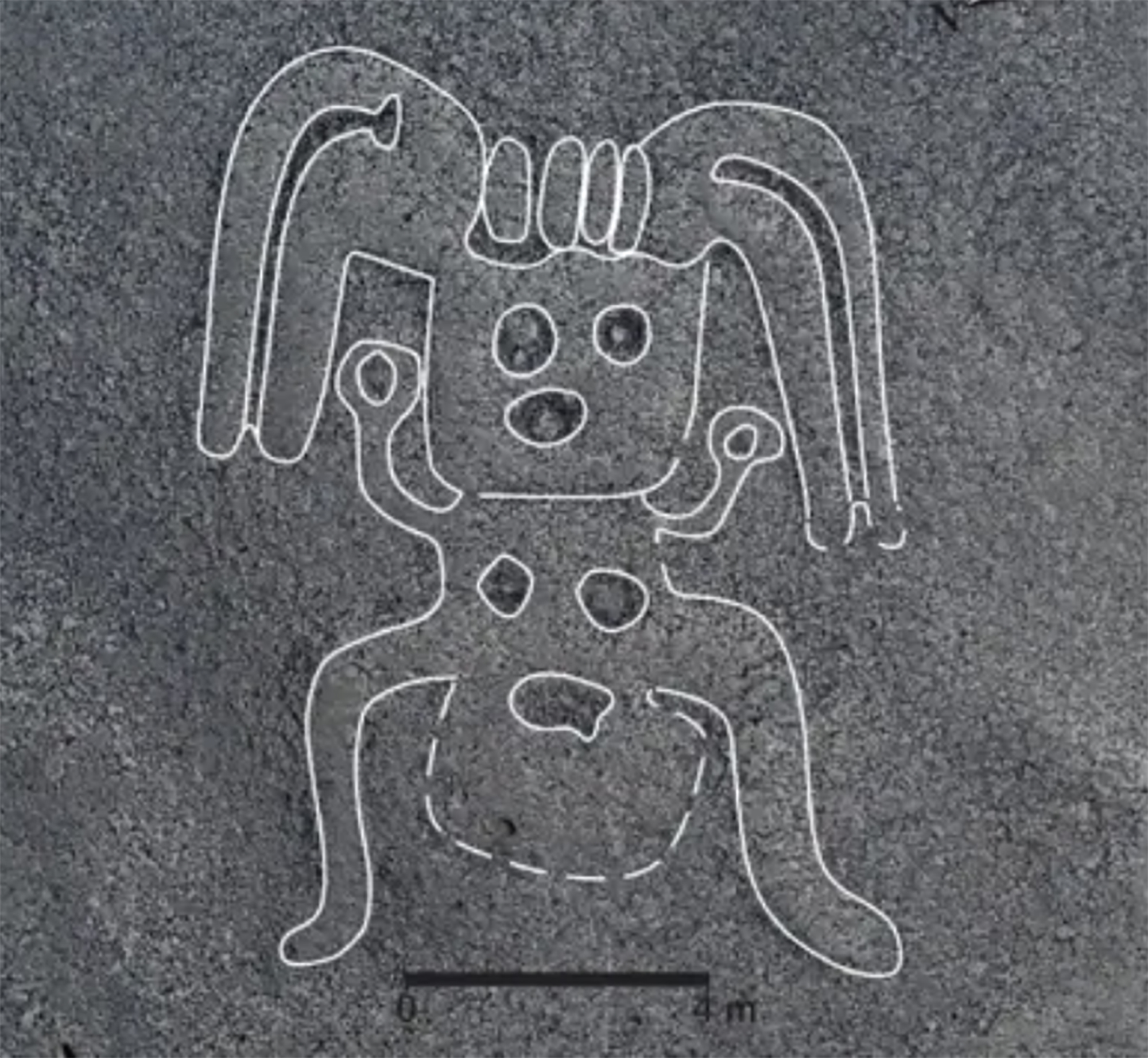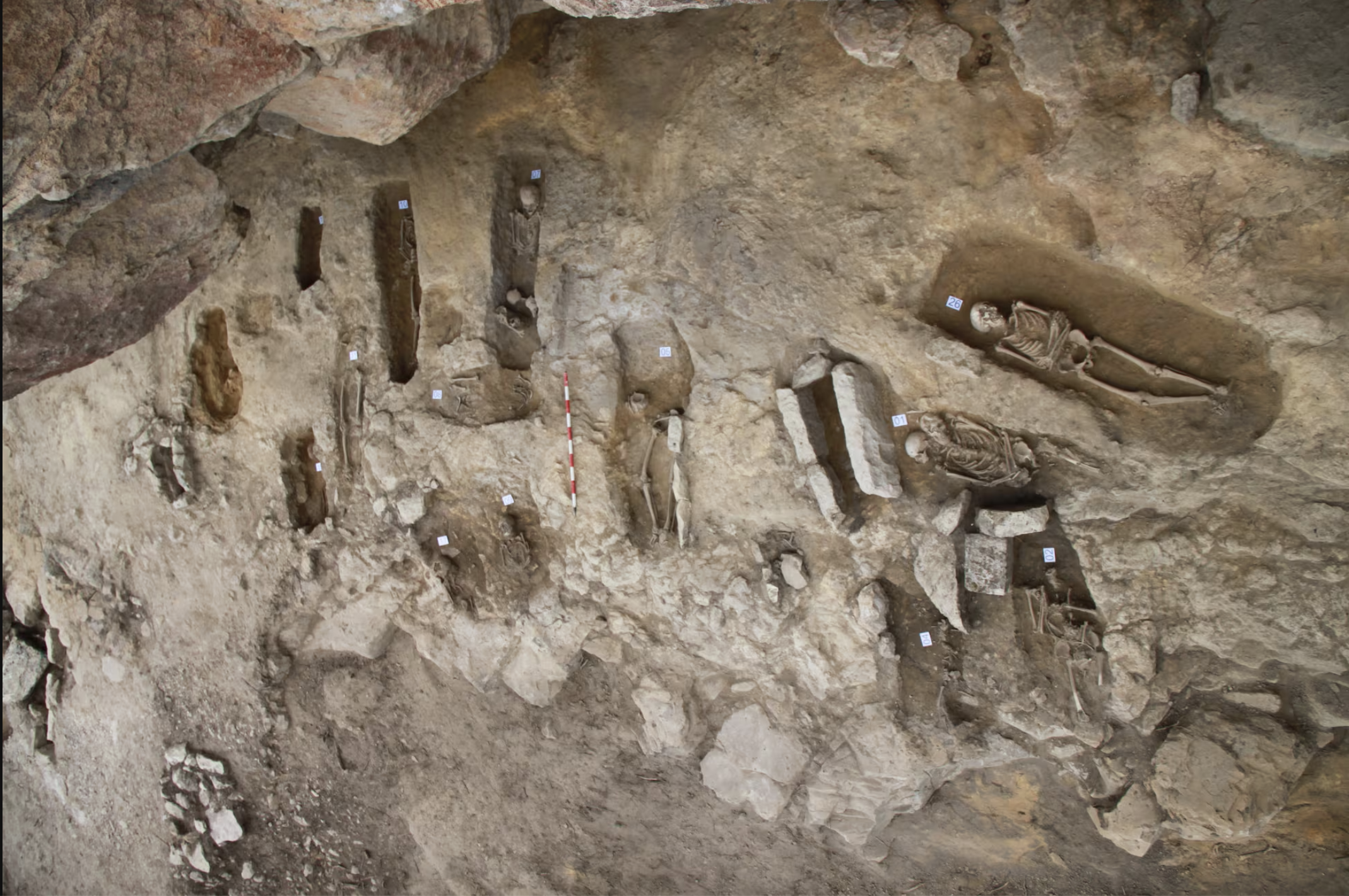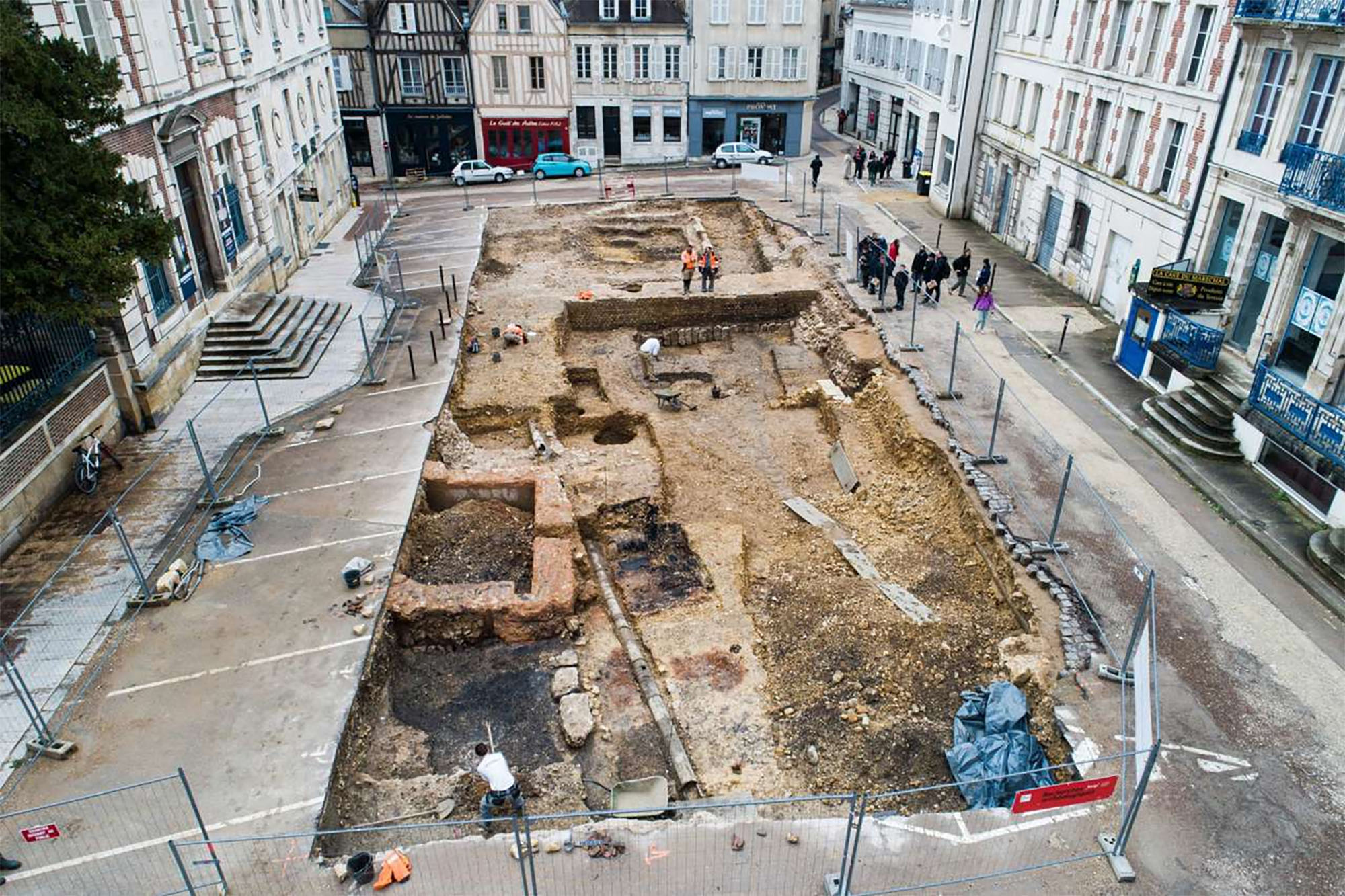The Menhirra of the Cuadro The other giant of Gorbeia
- The megalithic is 4,500 kilos and almost five meters long. It was discovered in 2004 and is one of the largest in the Basque Country. Currently restored, he looks after the Gorbeia Natural Park from the neck of the Alevín.
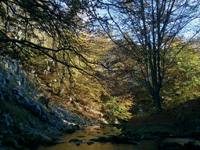
Since Iturralde y Suite researched the first menhirra in 1894, dozens more have been found in the Basque Country, but most are concentrated in the eastern territories. That’s why it’s amazing to find so many menhir in Gorbeia. The last one was found in 2004 in the part of Álava, Sarria. The jewel was in ruins in three pieces, and after being restored, it was collected again in the neck of Albibo, a few meters from the place where it was found.
You could get to it by taking a nice walk. From the parking lot of the Parc de Sarrià a clue is taken against the river Baias. The flat road runs mostly under the woods, and the cattle chants play nice music. After passing several bridges and houses, the track reaches the Puente del Albión, a place where the Arroyo Padrobosco joins Baias. Remember that name. A little further on, another path that goes up the mountain leads directly to the Cerro de la Cuadro. Behind him is the lonely giant.
Monolith with long shadow
It was not easy to find. In 2002, when the area was cleared of weeds, the stone fragments were exposed. But no one noticed. Two years later the monument was discovered by some friends and declared an archaeological heritage by the Archaeological Museum of Álava. They took all the pieces of stone to the park, where they were tied with four bars of iron. Cement and sand were then poured into the holes of the time-warped menhirra.
Once the monument was completed, it was returned to its place among 54 people. Since part of the stone was in its initial position –half embedded in the ground– archaeologists have discovered the exact location and direction of the menhirra. In this way, we can see it today as it did thousands of years ago; but the obligatory wound of this operation – cement – has not yet covered the lichens.
In addition to the restoration, excavations have also been carried out on the neck of the Albicón. Fireworks and remains of a strange stone building have been discovered. This building remains an enigma, new excavation campaigns will tell what it was used for in ancient times. You know, because we know very little about menhirs. An old mule road passes through the Cuarbío Gorge; from this strategic place you can see the Baias Plum on one side and the Sarón de Austingarmín on the other – protected by the Oderiaga Mountain (1245 m). It is clear that the menhirra was not placed by chance: was it an instrument for performing rites? The signal to set the limit?
Following Barandiaran
Going to Austingarmine is worth it. There is another well-known menhir from Gorbeia, which was well researched by Joxe Miel Barandiaran. To do this, it is enough to surround Mount Usategieta (1188 m). The shepherd’s huts are sheltered among the rocks in this corner and the whistles of the boar hunters do not reach there in autumn.
“In May 1922 I explored those areas of Gorbeia (...) At the end of the expedition, as we passed by the neck of Austegarmine (sic), we saw a large slab on the side of the road.” The great stone seen by Barandiaran is the menhirra of Austingarmin. The villagers told the anthropologist that the slab was on other stones before and twenty years ago they took money from it: “Nobody knows who took the money or where they took it.” For this reason, Barandiaran thought that it was the cover of a dolmen and not the menhira, as is evident today.
There are two ways to get back: to go from the same place you came from or to the Ubegi Fountain and then walk through the Padrobosque. If you choose the latter, you should be careful: In Padrobaso the road is lost and with it the traveler is lost. Those who love adventure will love Padrobosque. Here the colors are the colors and the caves are the thieves. When the mountaineer sees the bridge again, he will do only one thing: breathe.
The Indus Valley, about 5,000 years ago. The city of Mohenjo-Daro had about 35,000 inhabitants and, according to recent PNAS publication, had a very low Gini coefficient of 0.22 – a coefficient that measures the economic inequality of societies through the degree of... [+]
Aranzadi Zientzia Elkarteko Etnografia Sailaren zuzendari berria da Maite Errarte Zurutuza (Beasain, 1995), urrian Fermin Leizaolaren lekukoa hartu ondoren. Kultura materiala aztertzen jarraitzeko beharra azpimarratu du, gizartearen memoria eta bizimodu aldaketak erregistratzeko... [+]
Atapuercako aztarnategian hominido zahar baten aurpegi-hezur zatiak aurkitu dituzte. Homo affinis erectus bezala sailkatu dute giza-espezieen artean, eta gure arbasoek Afrikatik kanpora egindako lehen migrazioei buruzko teoriak irauli ditzake, adituen arabera.
Martxoaren 30erako Iruña-Veleia martxan, SOS Iruña-Veleia eta Euskeraren jatorria elkarteek manifestaziora deitu dute, Aski da! Argitu, ez suntsitu lelopean. Azken bi urteetan "hondeatzaileak sistematikoki eremu arkeologiko oso aberatsak suntsitzeko modu... [+]
Ethiopia, 24 November 1974. Lucy's skeleton was found in Hadar, one of the oldest traces of human ancestors. The Australian hominid of Australopithecus afarensis is between 3.2 and 3.5 million years old.
So they considered it the ancestor of species, the mother of all of us. In... [+]
While working at a site in the Roman era of Normandy, several archaeology students have recently made a curious discovery: inside a clay pot they found a small glass jar, of which women used to bring perfume in the 19th century.
And inside the jar was a little papelite with a... [+]
A team of researchers led by the Japanese archaeologist Masato Sakai of the University of Yamagata has discovered numerous geoglyphs in the Nazca Desert (Peru). In total, 303 geoglyphs have been found, almost twice as many geoglyphs as previously known. To do so, researchers... [+]
Treviño, 6th century. A group of hermits began living in the caves of Las Gobas and excavated new caves in the gorge of the Laño River, occupied since prehistory. In the next century, the community began to use one of the caves as a necropolis. In the 9th century they left the... [+]
On August 1, a dozen people from the family were in Aranguren. Two young people from Aranzadi made firsthand the excavations and works being carried out in Irulegi. This visit is highly recommended, as it reflects the dimension of the work they are doing.
Halfway, at the first... [+]
In the desert of Coahuila (Mexico), in the dunes of Bilbao, remains of a human skeleton have been found. After being studied by archaeologists, they conclude that they are between 95 and 1250 years old and that they are related to the culture of Candelaria.
The finding has been... [+]
The Roman city of Santakriz is an impressive archaeological site located in Eslava, near Sangüesa. Apparently, there was a fortified people of the Iron Age, and then the Romans settled in the same place. Juan Castrillo, himself a priest of Eslava, gave the site for the first... [+]
This winter the archaeologists of the INRAP (National Institute of Preventive Archaeological Research) have found a special necropolis in the historic centre of Auxerre (French State), a Roman cemetery for newborn babies or stillbirths. - Oh, good! The necropolis used between... [+]









